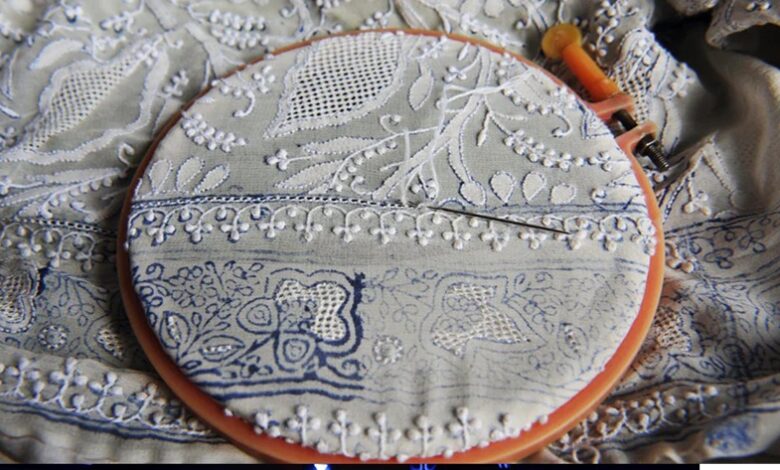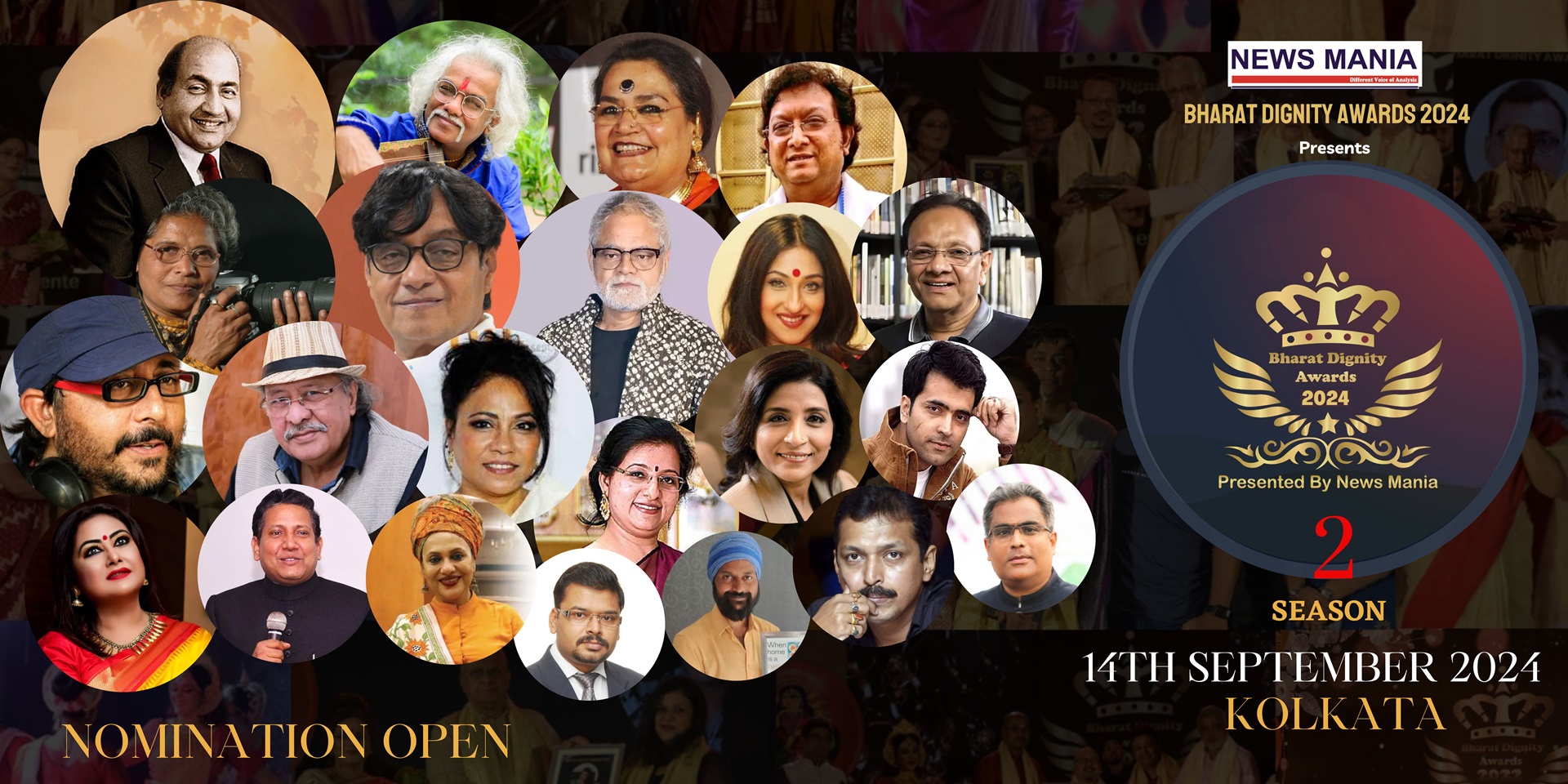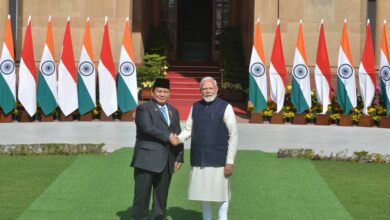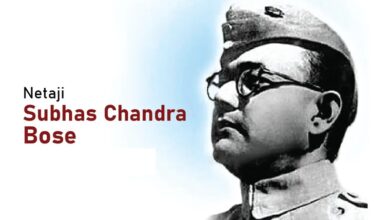Chikankari: A Lucknawi Tradition
News Mania Desk / Piyal Chatterjee / 1st February 2025

Chikan embroidery is characterized as ‘Indo-European’ white-work, as it clearly merges aspects from Indian textile terminology, especially Mughal floral designs, with European white-work embroideries that gained popularity in the Western world around the late 18th century. Nonetheless, this brief, somewhat dismissive explanation overlooks several aspects that have shaped this craft’s uniqueness. It fails to consider its distinctive aesthetic elements and technical skill deeply embedded in the essence of Lucknow’s cultural and social identity.
The initial patterns for chikan embroidery showcased the styles of other decorative arts in Lucknow, featuring “a unique approach to vibrant floral motifs,” which significantly diverged from previous Mughal art forms also influenced by nature.
Vegetation and floral decor are central to chikan terminology, featuring winding stems, flower buds, and berries. Even with their careful accuracy, the illustrations pertain to a fictional botany. Identifying particular species is typically ineffective, although the titles of some complex stitches recall the names of flowers such as chameli. There are beautiful, intricate designs on handkerchiefs or rumals, as well as small tablecloths, likely for ceremonial purposes, that feature recognizable lotus blossoms or grapevines. The latter is a quite well-known motif in chikan that is also present on vintage Kashmir shawls. Some antique textiles dealers claim that these shawls were created especially for clients in Lucknow.
The borders featuring floral scrolls, known as bel, exist in numerous variations and sizes and are frequently associated with the ornamental floral borders found in Mughal miniature paintings, Banaras brocades, and various other embroidered fabrics. Certain creepers, stretching diagonally over the expanse of the delicate muslin, create a visual effect akin to the tercha buti or angled creeper designs found on jamdani. The fictional botanical features distinguish chikan embroidery from the romantic floral representations found in other Western white-work. Moreover, the exquisite detail of this hypothetical botany creates a clear distinction between chikan embroidery made for the mass market and that crafted for wealthy clients.
The common motifs in chikankari include the paan leaf, the konia known as turanj, and the keiri patterns. All of these are created in varying sizes as coordinating sets for the distinct placements on the costume. Leaves and blooms serve as the compositional filler elements of the design, potentially featuring flowering branches with small buds, tendrils, and foliage, all arranged differently to conform to the outline of the motif. Comparable elaborate and opulent vegetation, creepers and floral designs are typical characteristics in stucco decorations on friezes and arches of historic mansions and monuments like the Imambaras of Lucknow, which date from the 18th to the early 20th centuries.
Earlier versions of choga, angarkha, achkan, waistcoat, kurta, or kurti consistently feature a very elaborate heart-shaped design known as paan, which is a stylized betel leaf, located at the pusht or center back of the garment. The heart-shaped design points downwards on costumes for men but it is generally turned upwards on contemporary ladies’ wear, apparently for no other special reason than just a convention “much like the difference in the left or right buttoning on a man’s or a woman’s shirt.” The same paan motif, maybe in a smaller size, might be repeated on the top of sleeves, pointing downwards, or at the bottom and on cuffs, pointing upwards.
The tambul, or betel leaf, holds immense importance in South Asian cultures, particularly in India, where it serves as a crucial offering in numerous religious ceremonies and rituals. During social gatherings, whether Hindu or Muslim, presenting a wrapped betel leaf filled with lime, shaved areca nut, and seasoned with unique spices and silver foils is a fundamental aspect of hospitality etiquette. At Mughal courts, the regal offerings of paan represented respect and royal approval. The quantity of paan leaves presented indicated the level of respect the emperor had for the guest. The acceptance of the royal gift of paan also signified a commitment to loyalty; it confirmed the recipient’s acquiescence to royal commands and his readiness to undertake the designated duties.
In Lucknow, the presentation of paan evolved into a crucial and intricate social ceremony, leading to the development of valuable accessories for the storage and preparation of tambul—“ornate boxes for keeping paan leaves, trays with sections for lime, arecanut, spices, camphor, or other materials used on the leaves, intricately designed tools for cutting areca-nut into small bits, and spittoons as well.” The paandan or betel box emerged as an important symbol of status in Lucknow, reflecting the elegance and magnificence of its possessor. The ready betel leaves, secured with silver pins, were presented at social events on the khaasdan. The paan is thought to have advantageous medicinal qualities alongside its digestive and aphrodisiac effects. Chewing paan creates a red liquid, and lips marked by its bright hue are seen as highly appealing, while it generates a breath aroma that is especially favorable for fostering romantic connections.
The paan leaf “is the symbol of auspicious beginnings, the seal on alliances and invitations. It represents the deity in religious ritual; it is the inspiration of verse, legend and painting.” Thus placed on the back of the dress, it is considered, a protective icon, as essential as any other part of the costume, without which the garment would be incomplete. Sometimes the same motif, in different sizes is repeated on the sleeves and at the lower corners of the costume.






